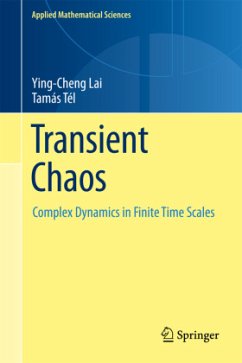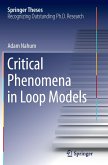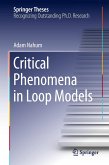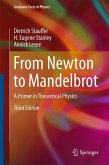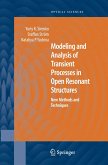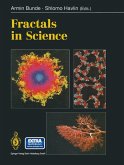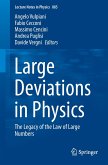The aim of this Book is to give an overview, based on the results of nearly three decades of intensive research, of transient chaos. One belief that motivates us to write this book is that, transient chaos may not have been appreciated even within the nonlinear-science community, let alone other scientific disciplines.
From the reviews:
"The main strengths of the book is its unifying treatment of transient chaos, presented in the first couple of chapters. ... Its target is the heterogeneous community of physicists, applied mathematicians and engineers who work in dynamical systems, and are interested in transient chaos. ... this book is truly a gem, and is bound to become almost overnight the essential reference on transient chaos, and a must on the bookshelf of anyone seriously interested in the area. I highly recommend it." (Alessandro P. S. de Moura, Mathematical Reviews, Issue 2012 b)
"The authors did an excellent job providing both a theoretical background necessary for the understanding of the concept of transient chaos and related notions and an overview of a variety of transient-chaos related phenomena. This encyclopedic monograph, nicely written by two well-known experts in the field, will be of interest for graduate students, researchers and engineers who deal with dynamical systems and their applications and have a working knowledge of nonlinear dynamics and sustained chaos." (Yuri V. Rogovchenko, Zentralblatt MATH, Vol. 1218, 2011)
"The main strengths of the book is its unifying treatment of transient chaos, presented in the first couple of chapters. ... Its target is the heterogeneous community of physicists, applied mathematicians and engineers who work in dynamical systems, and are interested in transient chaos. ... this book is truly a gem, and is bound to become almost overnight the essential reference on transient chaos, and a must on the bookshelf of anyone seriously interested in the area. I highly recommend it." (Alessandro P. S. de Moura, Mathematical Reviews, Issue 2012 b)
"The authors did an excellent job providing both a theoretical background necessary for the understanding of the concept of transient chaos and related notions and an overview of a variety of transient-chaos related phenomena. This encyclopedic monograph, nicely written by two well-known experts in the field, will be of interest for graduate students, researchers and engineers who deal with dynamical systems and their applications and have a working knowledge of nonlinear dynamics and sustained chaos." (Yuri V. Rogovchenko, Zentralblatt MATH, Vol. 1218, 2011)

